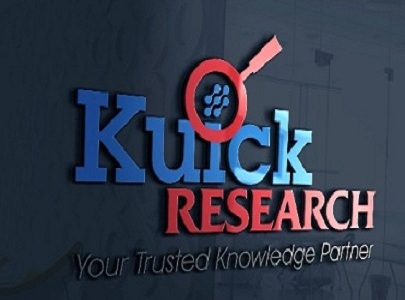Buy USD 20,000 Worth Of Reports (Single User/Multi User License) In USD 8000 Only
“Global Biosimilar Insulin Market Opportunity and Clinical Insight Outlook 2022” report gives comprehensive insight on clinical and non-clinical issues involved with growth of global biosimilar insulin market. This report analyzes various aspects like rationale design of insulin molecule, mechanism of insulin in diabetes, engineering of synthetic insulin, global aspects of biosimilar insulins along with market overview, biosimilar insulin clinical pipeline insight and future trends for the development of biosimilar insulin market.
The development of biosimilar was a consequence of the financial success of the biologic therapies and their inevitable patent cliff a marked drop in sales as they near the expiration of their original patents. Biosimilar development represents a large profit potential for pharmaceutical manufacturers. Consumers and policy makers view appropriate market introduction of biosimilars as high priority because of the prospect of reduced medical costs.
The consequence of recent technological innovations, new regulations in the biopharmaceutical industry, and cost concerns, the idea of biosimilars has gathered attention towards them and their potential future market. In fact, efforts are already underway to develop a new class of follow-on biologics named biobetters or biosuperiors, which go beyond mimicking the original biologic to provide improvements through changes in chemistry, alteration in the formulation, and innovative delivery.
The potential of insulin biosimilars like Basaglar is huge in the upcoming future, the demand will significantly grow in developed market as the countries including US, Europe and Japan have shown a great enthusiasm towards biosimilar products especially Europe. The developed market somehow, with the exception of the United States, has represented the greatest biosimilars presence today. Most biosimilars manufacturers have been and remain focused on the developed markets whether it is for their historic and current opportunities (EU) or for their future market potential (United States, Japan).
Devoted regulatory pathways set the foundation for stringent, abbreviated approval processes which, in turn, have nourished investor interest. Biosimilars adoption in developed markets has been primarily payer-driven, especially in European markets, given payers’ urgent, unmet need to contain public health care expenditures. Thus similar hopes are confined with the biosimilar insulins.
In contrary to the developed world, developing countries tends to believe more in biosimilar versions of essential drugs. Like India and China are developing biosimilar versions of insulin from past several years but did not gained popularity due to the lack of biosimilar regulatory framework. However, in contrasting emerging markets with developed markets, the limited patient access to affordable biologics and the openness of physicians to low cost therapies offers potentially significant opportunities.
Certainly the future for biosimilar insulin is brightened by the increasing prevalence of diabetes, high cost of branded insulins and the patent cliff scenarios. The expected entry of biosimilars onto the insulin market could significantly change the insulin landscape in the coming years. These products could have a notable impact on diabetes treatment costs, accessibility of insulin, insulin market competition, and the number of insulin choices available to patients. However, biosimilar companies will face major challenges on regulatory, commercial, and competitive fronts as they seek to enter this market.
